Is Lightfastness Important When It Comes To Colored Pencils?

No, lightfastness is not crucial for every artistic endeavor with colored pencils. However, it becomes significant if you want your artwork to withstand the test of time.
Certain colors can fade and change, especially under light exposure. If preserving vibrant colors and the longevity of your artwork is important, choosing lightfast colored pencils becomes valuable.
Ultimately, it depends on your artistic goals and how long you want your masterpiece to shine.
In case you're interested, here's a list of the best lightfast colored pencils.
Let's dive deeper into why lightfastness can be important.
What is Lightfastness?
Lightfastness refers to the ability of a colored material, such as the pigment in a colored pencil, to resist fading or color changes when exposed to light. Think of it as the "sunscreen" for your artwork. Just as sunscreen protects our skin from the sun's harmful rays, lightfastness ensures that the colors in your artwork remain vibrant and true over time.
When a pigment has high lightfastness, it means that it can withstand prolonged exposure to light without significant fading. On the other hand, colors with low lightfastness may quickly lose their vibrancy or even change hue when displayed in well-lit areas. For artists and enthusiasts who invest time and effort into their creations, understanding lightfastness is crucial to ensuring the longevity and beauty of their work.
Lightfastness Ratings
When it comes to the lightfastness of colored pencils, there are mainly 2 scales that indicate how lightfast the pigment is: the ASTM D6901 and the Blue Wool Standards.
Both tests involve exposing samples of the colored pencil to light
for a specified period, and then comparing the degree of color change to their corresponding scales.
| Description | Rating symbol | Rating in years |
|---|---|---|
| Very poor lightfastness | V | Less than 2 years |
| Poor lightfastness | IV | 2 - 15 years |
| Fair lightfastness | III | 15 - 20 years |
| Very good lightfastness | II | 50 - 100 years |
| Excellent lightfastness | I | More than 100 years |
| Description | Number (1 - 8) | Lightfastness rating |
|---|---|---|
| Very poor | 1 | Fugitive |
| Poor | 2 - 3 | Fugitive |
| Fair | 4 - 5 | Impermanent |
| Very good | 6 | Good Lightfastness |
| Excellent | 7 - 8 | Excellent lightfastness |
How Does Lightfastness Impact Artwork?
The colors we see in an artwork are a result of pigments reflecting and absorbing various wavelengths of light. However, with continuous exposure to light, especially direct sunlight, some pigments can undergo a chemical change, leading to fading or alteration in color. Here's how lightfastness, or the lack thereof, can impact artwork:
Fading Colors: The most apparent effect of low lightfastness is the fading of colors. This fading can diminish the vibrancy and intensity of an artwork, making it look aged or washed out long before its time.
Altered Color Balance: As not all colors fade at the same rate, an artwork can lose its original color balance. This can affect the overall mood and intention the artist had for the piece. For instance, if a sunset artwork's reds and oranges fade faster than its blues, the piece might start looking more like a daytime scene.
Reduced Artistic Value: Artworks that have faded or changed colors might be less appealing to viewers or potential buyers. For artists selling their work, ensuring the use of lightfast materials can be crucial for the art's value retention.
Compromised Longevity: While some might believe an artwork's aging gives it character, premature aging due to low lightfastness can be undesirable. It shortens the lifespan of the artwork, especially if it's meant to be a family heirloom or a piece of lasting legacy.
In essence, the lightfastness of colored pencils and other art materials plays a significant role in how an artwork stands the test of time. For many artists, it's not just about creating; it's also about preserving their vision for future generations to appreciate.
Do You Need Lightfast Colored Pencils?
The decision to invest in lightfast colored pencils largely depends on your intentions for the artwork and how you plan to display or store it.
If you just want to create and don't care about how your drawings will look in the future, then lightfastness might not be a concern of yours.
But if you do care about the longevity of your drawings and you sell them, then buying pencils that won't fade over time will be an essential investment.
Here's a more in-depth breakdown to help you determine whether lightfast colored pencils are necessary for you:
Professional Artists and Serious Hobbyists: If you're creating art for exhibitions, sales, or as meaningful gifts, it's essential to consider using lightfast colored pencils. Your reputation and the longevity of your pieces depend on the quality of the materials you use.
Sketching and Practice: Lightfastness might not be a top priority if you're sketching or practicing, and the work isn't intended for long-term display. However, even in such cases, using lightfast pencils can be beneficial to see how colors retain their vibrancy over time.
Art Journals and Personal Projects: If you maintain art journals or personal projects that you revisit over the years, lightfast pencils will ensure that your work remains unchanged, preserving your memories and progress.
Children and Beginners: For children or absolute beginners, the focus is often more on learning and enjoyment rather than the artwork's longevity. In these cases, the lightfastness of the pencils might be less of a concern, unless the artwork is particularly cherished and intended for preservation.
Budget Considerations: High lightfastness can sometimes come at a higher price point. If you're on a tight budget, prioritize lightfastness for pieces you know will be displayed or sold. For other projects, you can opt for more affordable alternatives.
In conclusion, while lightfast colored pencils are a boon for the preservation of art, whether or not you need them depends on your artistic goals, budget, and how you plan to use your creations. It's always a good idea to be informed and make choices that align with your intentions for each piece.
Factors Affecting Lightfastness in Colored Pencils
Understanding the factors that impact the lightfastness of colored pencils can help you make informed decisions about which products to purchase and how to care for your artwork. Here are some primary factors to consider:
Pigment Quality: The inherent quality and chemical composition of the pigment used in the pencil play a significant role. Some pigments naturally resist fading better than others.
Pigment Concentration: Pencils with a higher concentration of pigment tend to exhibit better lightfastness. A dense pigment application can offer more resistance to fading than a thinly applied layer.
Binder Composition: The material used to bind the pigment in the pencil can impact lightfastness. Some binders might offer additional protection to the pigment, while others might be more susceptible to breaking down under light exposure.
UV Exposure: Ultraviolet (UV) rays from sunlight are one of the main culprits behind fading. Materials exposed to direct sunlight or areas with high UV concentrations will fade faster than those kept in UV-protected or shaded environments.
Environmental Factors: Humidity, temperature, and air pollutants can also influence how well a pigment retains its color. High humidity, for instance, can cause some binders to break down faster.
Interaction with Other Materials: The interaction between the pigment and other materials, like fixatives or the paper it's applied to, can affect lightfastness. Some combinations might enhance lightfastness, while others might diminish it.
Manufacturing Process: How the pencil is made, including the heat and pressure applied during the manufacturing process, can influence its lightfast properties.
When choosing colored pencils, it's beneficial to research and understand these factors. Many reputable brands provide lightfastness ratings on their products, helping artists gauge the longevity of their chosen colors.
Selecting High-Quality Pencils with Good Lightfastness
Making the right choice in colored pencils can be the difference between artwork that stays vibrant for decades and one that fades within a few years. Here's a guide to help you select the best lightfast colored pencils:
Check the Lightfastness Rating: Many premium colored pencil brands provide a lightfastness rating, often on a scale. For example, some use a scale from I (excellent) to V (poor). Pencils rated I or II would typically be the most resistant to light.
Brand Reputation: Established brands known for producing artist-grade materials often invest in producing lightfast products. Brands like Derwent, Faber-Castell, and Caran d'Ache have built a reputation for their high-quality, lightfast colored pencils.
Opt for Artist-Grade over Student-Grade: Artist-grade pencils typically have a higher pigment concentration and better overall lightfastness than student-grade pencils. They might be more expensive, but they're a worthy investment for lasting artwork.
Read Reviews: Online platforms and art communities offer a wealth of knowledge. Other artists' experiences can provide insights into the actual performance of colored pencils in real-world scenarios.
Test Before Committing: If possible, test a few colors from a brand before investing in a complete set. Create swatches and expose them to light to see how they fare over a few weeks or months.
Beware of Imitations: As with any popular product, there are imitations and counterfeits. Ensure you're purchasing from reputable sellers or directly from the brand's official outlets.
Ask for Recommendations: If you're part of an art class, club, or online community, ask fellow artists for their recommendations. Their experience can guide you to the best products tailored to your needs.
Remember, while lightfastness is a crucial factor, it's also essential to consider other attributes like texture, blendability, and color range to ensure the colored pencils suit your artistic style and preferences.
Tips for Protecting Your Art from Light Damage
Even after you've selected the best lightfast colored pencils, there are additional measures you can take to ensure the longevity of your artwork. Here's how you can protect your creations from potential light damage:
Avoid Direct Sunlight: Never display artwork in direct sunlight. Even with high lightfastness ratings, prolonged exposure to the sun can lead to fading or other damage.
Use UV-Protective Framing: If you're framing your artwork, opt for UV-protective glass or acrylic. This will filter out harmful ultraviolet rays that can accelerate the fading process.
Rotate Displayed Artwork: If you have multiple pieces, consider rotating which ones are on display. This way, no single piece is continuously exposed to light, reducing the cumulative light damage over time.
Store Properly: For artworks not on display, store them in dark, cool, and dry places. Archival storage boxes or portfolios can protect pieces from light, moisture, and pollutants.
Limit Artificial Light Exposure: While less harmful than sunlight, prolonged exposure to certain artificial lights, especially fluorescents, can still affect the colors in your artwork. Consider the type and duration of lighting if your art is displayed indoors.
Use Protective Sprays: Some fixative sprays offer UV protection. While they can change the finish of the artwork (making it more matte or glossy), they can add an extra layer of protection against light.
Educate Art Buyers: If you're selling your artwork, inform buyers about lightfastness and provide tips for display and care. This ensures that they appreciate the value and take measures to protect their purchase.
Reassess Display Locations: Periodically check the locations where you've displayed artwork. If a piece is near a window or in a brightly lit area, consider relocating it to a safer spot.
Remember, lightfastness is just one aspect of preserving artwork. Other factors, like protection from moisture, dust, and physical damage, are equally vital. By combining the right materials with proper care, you can ensure that your creations remain vibrant and intact for generations to come.
Conclusion: The Lasting Beauty of Lightfastness
Choosing colored pencils isn't just about picking vibrant colors; it's about ensuring those colors remain vibrant for years to come.
Lightfastness, often an overlooked factor, plays a pivotal role in determining the longevity and lasting beauty of artworks.
By understanding its importance and taking proactive measures to protect creations, artists can gift the world with art that not only captures a moment but also stands the test of time.
Whether you're a budding artist, a seasoned professional, or someone who appreciates the intricacies of art, recognizing the significance of lightfastness ensures that every stroke, shade, and hue continues to tell its story for generations.
Embrace lightfastness, and let your art shine brilliantly, now and always.
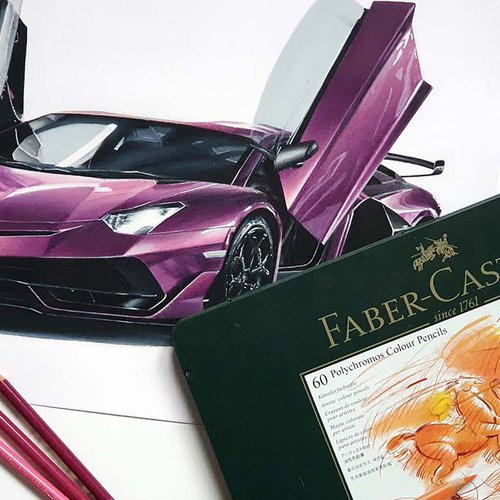

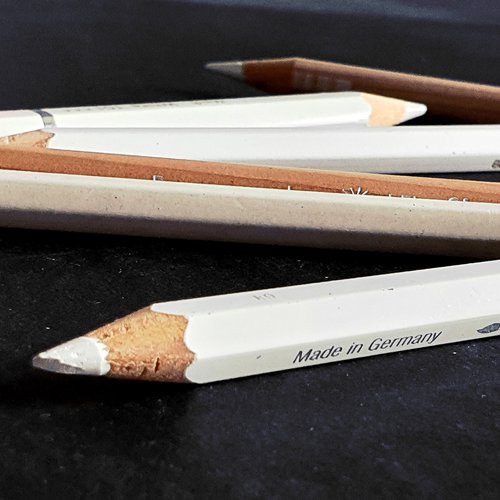

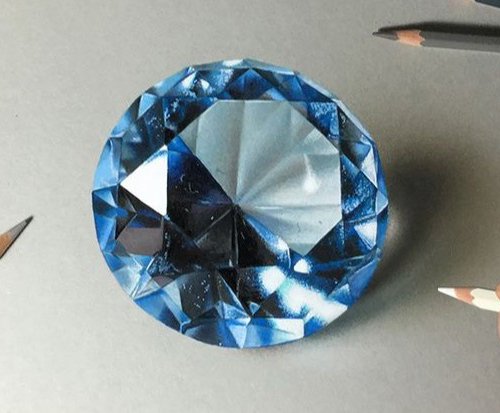
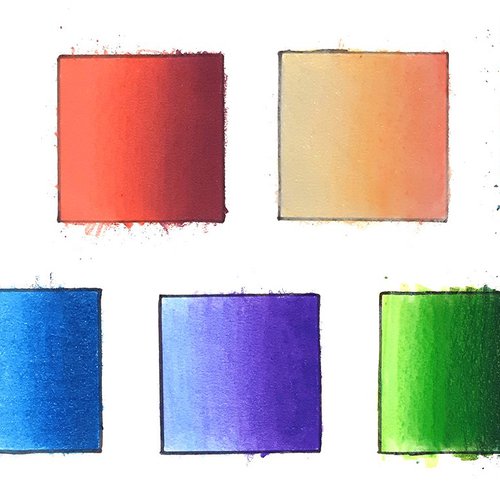

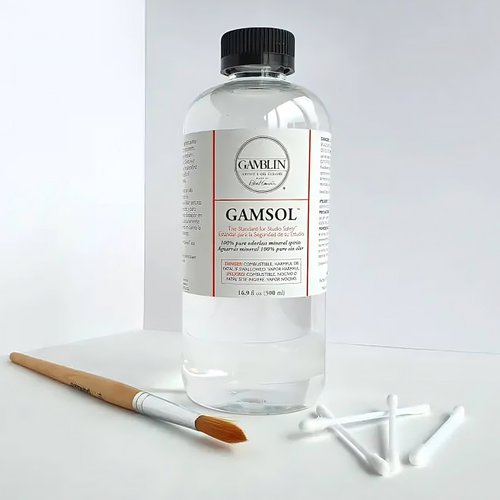
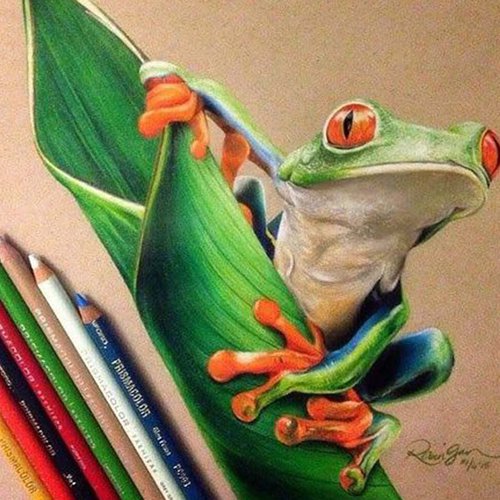

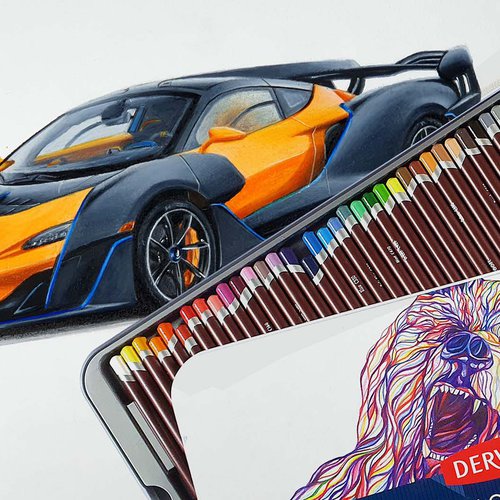
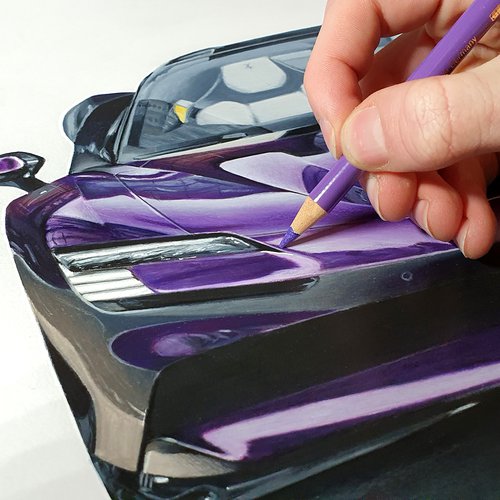




Add a comment
Comments
Very good and useful information in these articles. Thanks so much!